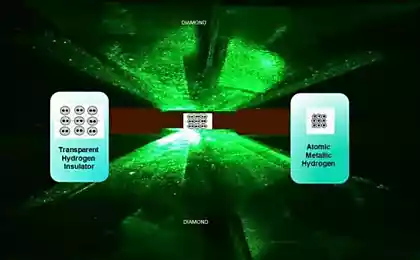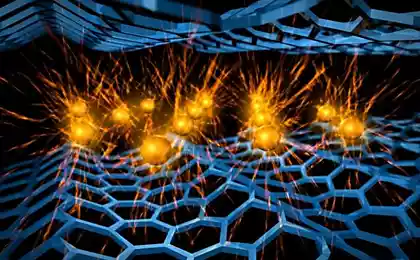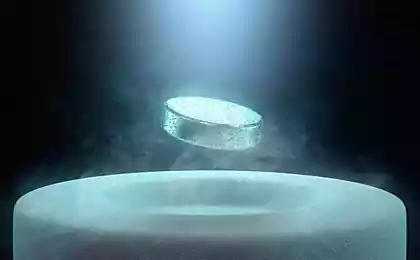622
The new material promises a breakthrough in the field searchprotocol
Scientists have for many years sought various ways of making hydrogen from entering into the metallic state. The metallic state of hydrogen is the Holy Grail in materials science, because it can be used for superconductors: materials that do not impede the current of electrons, which increases the efficiency of electricity transmission in many times. For the first time, scientists under the direction of Victor Struzhkin from Carnegie, mixing hydrogen with sodium, and experimentally produced a new class of materials that promise to change the picture in the field of superconductors and can be used to store hydrogen fuel.
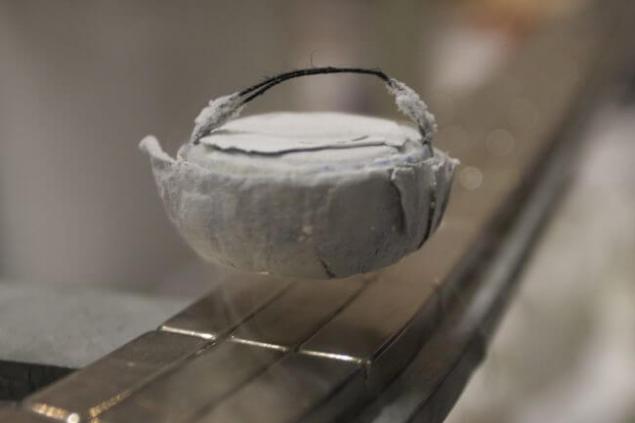
It was believed that certain hydrogen-rich compounds consisting of several atoms of hydrogen and alkali metals (lithium, potassium or sodium), can provide a new chemical tool to change the electronic structure of the compound. This, in turn, may lead to the development of metallic superconductors.
"The problem is temperature — explains Struzhkin. Available superconductors can exist only in impractical low temperatures. In recent years, began to promise connections with several hydrogen atoms associated with alkaline metals, which can exist at more practical temperatures. Theoretically, they will have unique properties that are useful for superconductivity".Now the predictions were confirmed.
Group Stroikina used this theory for making experiments and measured the samples using the method at the same time, which shows the atomic structure (x-ray analysis), and the method of Raman spectroscopy. Theoretically, the sodium-hydrogen material must be stable under pressure, have metallic properties and the unique structure and demonstrate superconducting properties.
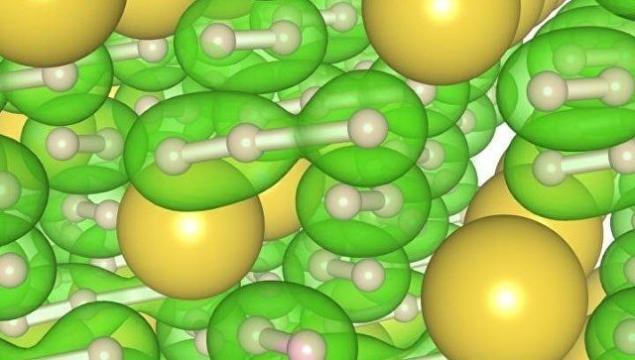
Scientists have conducted experiments with the use of high pressure and high temperature. Matter under such extreme conditions can turn into new structures with new properties. With high pressure they squeezed samples of lithium and sodium in a cell with diamond anvils and heated them with a laser. At a pressure of 300 000-400 000 atmospheres (30-40 GPA) and a temperature of about 1700 degrees Celsius, scientists first observed the structure "poliedrico", sodium and three atoms of hydrogen (NaH3) and NaH7 — sodium with seven atoms of hydrogen — a very unusual configuration. Three negatively charged hydrogen atom in NaH7 are lined up and demonstrated the one-dimensional hydrogen chain, a new phase, which is very different from pure hydrogen.
"The existence of this configuration predicted in 1972, over 40 years ago, says Duck Yong Kim, a scientist from the group Stroikina. — It turned out that our experiments are fully consistent with the theory that predicted the existence of NaH3. As a Supplement we also observed the connection with seven atoms of hydrogen."Next, the researchers plan to see whether you can get the materials of this class at lower temperatures and pressures. In any case, a new class of matter opens up a new world of possibilities. published
Source: hi-news.ru/research-development/novyj-material-obeshhaet-proryv-v-oblasti-sverxprovodnikov.html

It was believed that certain hydrogen-rich compounds consisting of several atoms of hydrogen and alkali metals (lithium, potassium or sodium), can provide a new chemical tool to change the electronic structure of the compound. This, in turn, may lead to the development of metallic superconductors.
"The problem is temperature — explains Struzhkin. Available superconductors can exist only in impractical low temperatures. In recent years, began to promise connections with several hydrogen atoms associated with alkaline metals, which can exist at more practical temperatures. Theoretically, they will have unique properties that are useful for superconductivity".Now the predictions were confirmed.
Group Stroikina used this theory for making experiments and measured the samples using the method at the same time, which shows the atomic structure (x-ray analysis), and the method of Raman spectroscopy. Theoretically, the sodium-hydrogen material must be stable under pressure, have metallic properties and the unique structure and demonstrate superconducting properties.

Scientists have conducted experiments with the use of high pressure and high temperature. Matter under such extreme conditions can turn into new structures with new properties. With high pressure they squeezed samples of lithium and sodium in a cell with diamond anvils and heated them with a laser. At a pressure of 300 000-400 000 atmospheres (30-40 GPA) and a temperature of about 1700 degrees Celsius, scientists first observed the structure "poliedrico", sodium and three atoms of hydrogen (NaH3) and NaH7 — sodium with seven atoms of hydrogen — a very unusual configuration. Three negatively charged hydrogen atom in NaH7 are lined up and demonstrated the one-dimensional hydrogen chain, a new phase, which is very different from pure hydrogen.
"The existence of this configuration predicted in 1972, over 40 years ago, says Duck Yong Kim, a scientist from the group Stroikina. — It turned out that our experiments are fully consistent with the theory that predicted the existence of NaH3. As a Supplement we also observed the connection with seven atoms of hydrogen."Next, the researchers plan to see whether you can get the materials of this class at lower temperatures and pressures. In any case, a new class of matter opens up a new world of possibilities. published
Source: hi-news.ru/research-development/novyj-material-obeshhaet-proryv-v-oblasti-sverxprovodnikov.html
Eco-friendly flooring from wood house: what you need to know
How to make a street litter bin made of concrete

